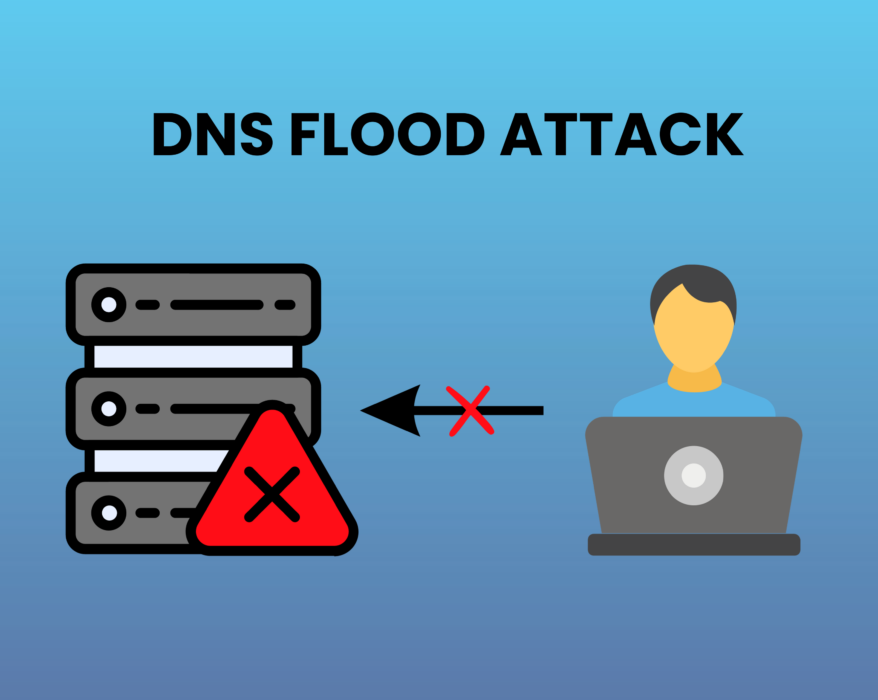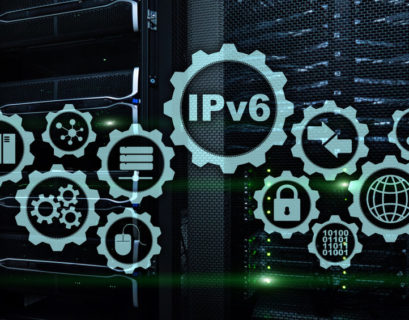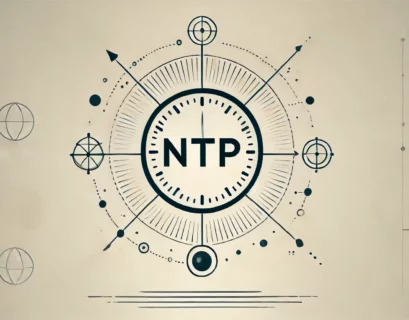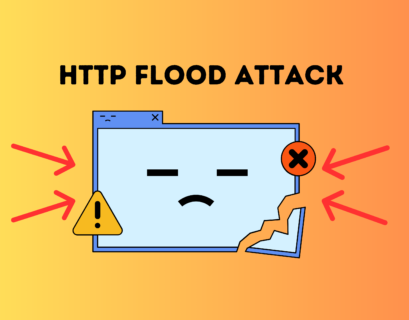DNS flood attack explained in details
In the ever-evolving landscape of cyber threats, a DNS flood attack stands out as a formidable...
What is an IPv6 address? [Fully explained]
IPv6 represents the newer generation of technology and development. The older version of IP – IPv4 is still very popular, but its...
DDoS attacks and how to protect ourselves
DDoS Attacks are widespread threats on the Internet. With the continually increasing numbers of connected devices and new innovative ways...
TCP (Transmission Control Protocol) – What is it, and how does it work?
Imagine sending a message across the world and trusting it will arrive perfectly intact. That’s...
What is TLD?
The TLD is one of the fundamental things you will have to consider when choosing a domain name once you want to create your website. But...
NTP (Network Time Protocol): Ensuring Accurate Time Synchronization for Networks
Keeping devices and servers synchronized is essential for seamless operation. One tool that ensures precise time coordination across...
What is Domain Name Resolution?
Domain name resolution is the process by which internet users receive the address of the domain...
HTTP flood attack – What is it and How to prevent it?
In a world where an online presence is crucial, an HTTP flood attack poses a significant threat, overwhelming websites with an onslaught of...
What is DDNS? How does it work and how to setup DDNS?
Dynamic DNS (DDNS) is a solution that keeps your services accessible even when your IP address changes. For users with dynamic IPs, DDNS...
FTP: A Beginner’s Guide to File Transfer Protocol
FTP, or File Transfer Protocol, is one of the most common methods for transferring files. Although...










